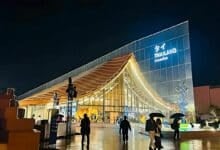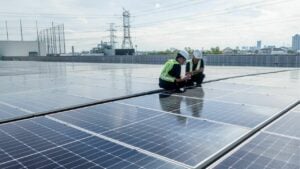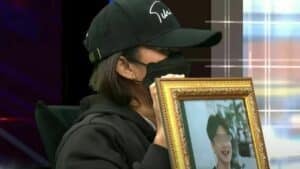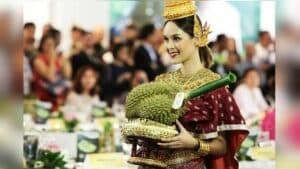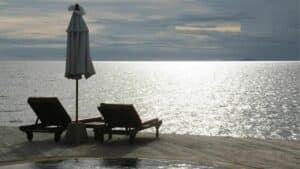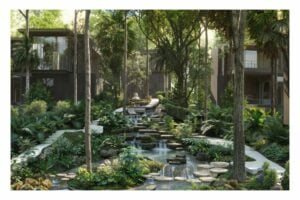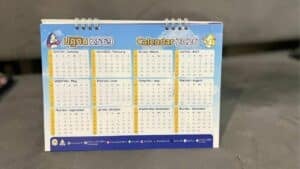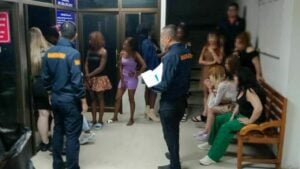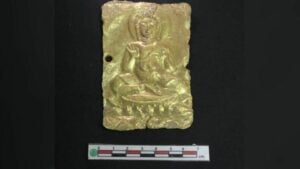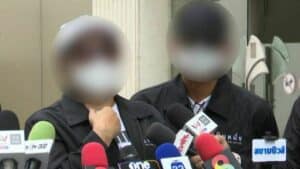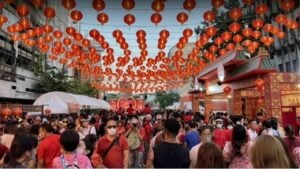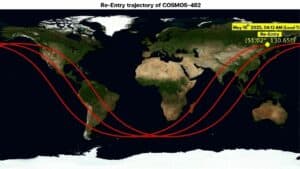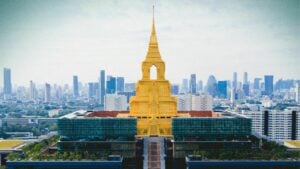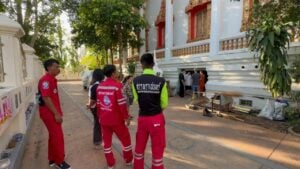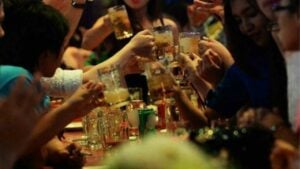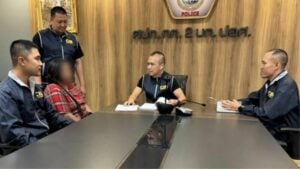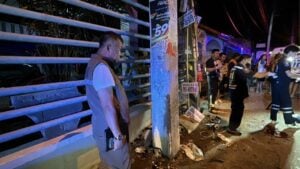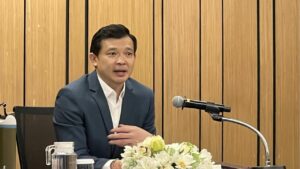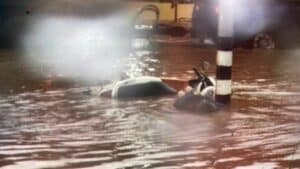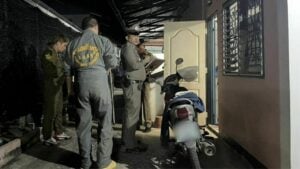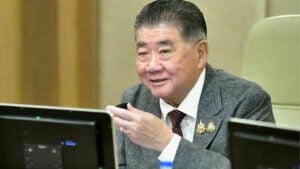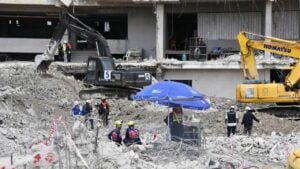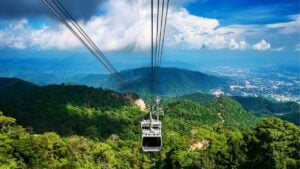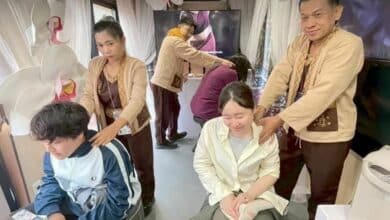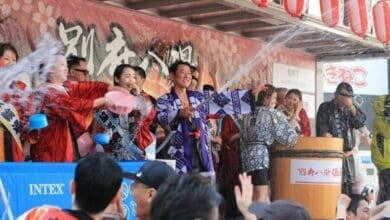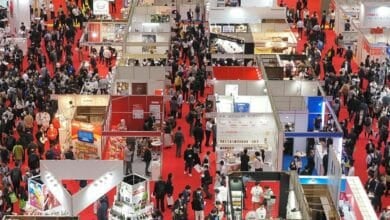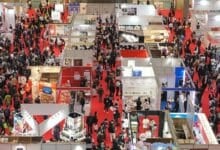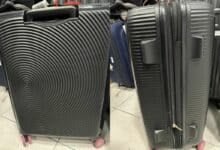Hiroshima VR tour immerses visitors in atomic bomb’s devastating impact
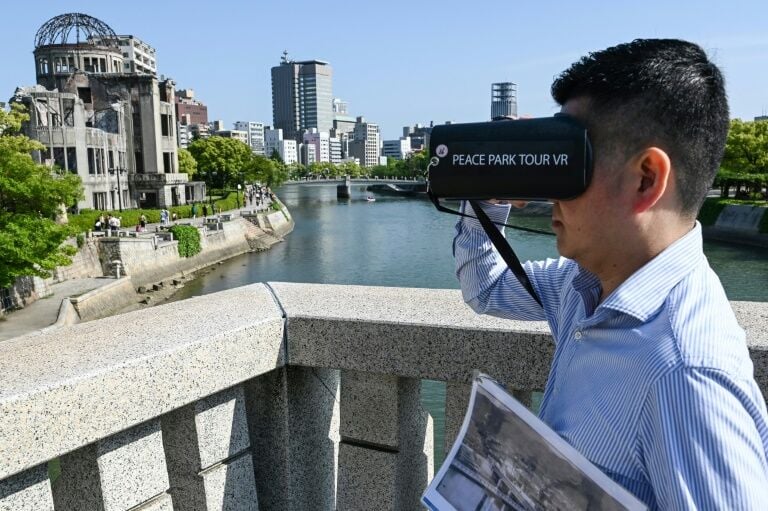
In Hiroshima, Japan, a virtual reality tour is providing an immersive experience of the city before, during, and after the devastating atomic bomb attack on August 6, 1945. Hiroshi Yamaguchi, the 44 year old founder of the company behind the tours, believes that this experience can help people better understand the impact of the nuclear attack and the city that existed before it.
The tour, which lasts around one hour, starts at what is now the Hiroshima Park Rest House, a mere 170 metres from the hypocentre of the bomb attack. Participants walk along a route carrying VR headsets, which they put on at each stop to experience the area as it was before the bomb, during the attack, and after reconstruction. The VR imagery was created using archives from the city’s Peace Memorial Museum, a local newspaper, and testimonies of survivors.
“I think even some people who live in Hiroshima don’t know that what is now the Peace Park used to be a proper town, where people were living,” Yamaguchi told AFP. “By seeing it not only in photography but by also experiencing it immersively, it is easier to understand.”
Sergio Wang, a 64 year old from Brazil who tried out the first stop, said he found it “impressive.” He added, “I think it’s impressive for me because I didn’t see anything like that (before) and you can see around, you can inspect what you want.”
Megumi Tabuchi, a 60 year old Hiroshima resident who moved to the city three years ago, said: “I was able to get a real sense of what it was like. It was vivid, with the people walking around.”
Yamaguchi mentioned that some participants have found the experience too immersive, breaking down or stopping the tour. However, children, who are offered a different, sanitised version, often seem to connect better to VR than to static images of the past.
Yamaguchi’s company, Tabimachi Gate Hiroshima, mostly focuses on other kinds of tourism, but the peace tour is a passion project for him as a descendant of hibakusha, bomb survivors. “I wanted to show that there was a before, that there was a city, that it was rebuilt by many people,” he said.
Before launching the tour, Yamaguchi asked Hiroshi Harada, a hibakusha and former director of the Hiroshima Museum, to try it out. Harada told him that images could not capture something that stayed with him decades after he lived through the attack: the smell of human beings burning and decaying. “He watched it and then said to me ‘It wasn’t like this. It was worse’.”
Latest Thailand News
Follow The Thaiger on Google News:

